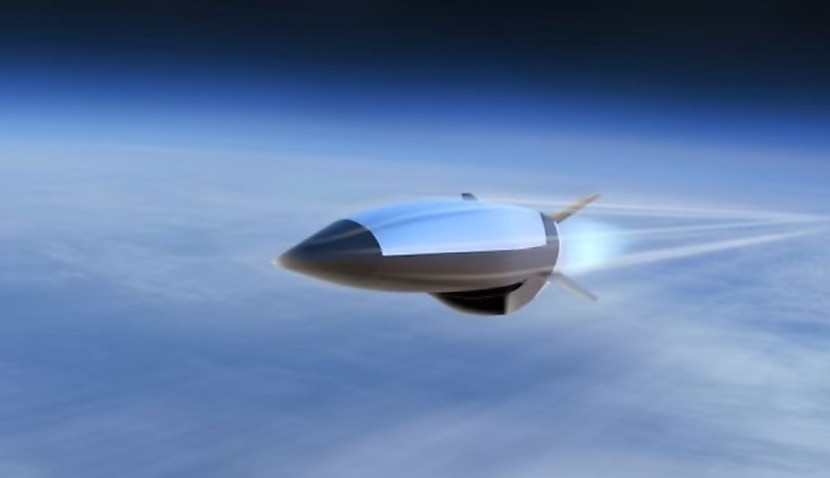
The research, led by Northrop Grumman and Sydney-based start-up Spiral Blue, will use space-based AI and “pioneering imaging” to track the currently undetectable weapons.
While hypersonic tech – defined as flying at least five times the speed of sound – is nothing new, countries are currently in an arms race to develop the next generation of missiles that are so manoeuvrable in mid-air that they can’t be intercepted or detected.
The weapons do this by changing directions sharply in a tiny package, effectively twisting and turning like a fighter pilot.
New space-based technologies, though, open up potential new defences.
“We are bringing together Australian know-how to build an advanced space surveillance system for missile defence tailored for deployment on small satellites,” said iLAuNCH Trailblazer executive director, Darin Lovett.
The new project aims to fuse “cutting-edge infrared detection technology” and space-based artificial intelligence (AI) and machine learning (ML) data processing techniques.
“Anticipated outcomes encompass hypersonic vehicle radiance and trajectory modelling, comprehensive design, and rigorous analysis of an infrared electro-optical system, by leveraging state-of-the-art infrared detectors and space edge AI/ML hardware and algorithms for on-board event detection,” said iLAuNCH.
“Northrop Grumman’s Parallax Labs will bring the advantages of model-based systems engineering, advanced simulation, and high levels of automation to systems development, integration, and test activities.”
The news significantly comes after the US earlier this year awarded three companies US$2.5 billion to find a solution to tracking hypersonic missiles.
The deal will see L3Harris, Lockheed Martin, and Sierra each build and operate 54 satellites equipped with infrared sensors capable of monitoring the weapons in all phases of their flight – and then guiding missiles to shoot them down.
The contracts – worth $919 million to L3Harris, $890 million to Lockheed Martin, and $740 million to Sierra Space – will see each vendor provide 16 satellites equipped with a wide field of view sensor to detect the threat in the air and two smaller satellites able to guide interceptor missiles.
The initiative is being overseen by the Space Development Agency (SDA), a US Space Force direct-reporting unit tasked with creating and sustaining space capabilities, including those that can detect threats.

Adam Thorn
Adam is a journalist who has worked for more than 40 prestigious media brands in the UK and Australia. Since 2005, his varied career has included stints as a reporter, copy editor, feature writer and editor for publications as diverse as Fleet Street newspaper The Sunday Times, fashion bible Jones, media and marketing website Mumbrella as well as lifestyle magazines such as GQ, Woman’s Weekly, Men’s Health and Loaded. He joined Momentum Media in early 2020 and currently writes for Australian Aviation and World of Aviation.
Receive the latest developments and updates on Australia’s space industry direct to your inbox. Subscribe today to Space Connect here.











